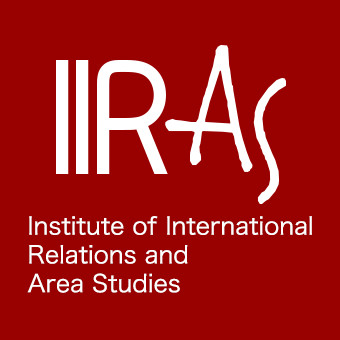【Report】Summary of the seminar delivered by Toshiya Tsujita
31 October 2024
Analysing Asymmetric Conflicts: Methods, Approaches, and Challenges
In the lecture, Professor Tsujita discussed the methods, approaches, and challenges in analysing asymmetric conflict using the ongoing armed conflict between Israel and Palestine as a case study. Using a multidisciplinary approach, Professor Tsujita shared how the complexity of asymmetric conflicts may be understood through multiple perspectives.
Professor Tsujita began with defining the phenomenon of asymmetric conflict. Instead of defining what asymmetric conflict is, Professor Tsujita’s preferred approach was to begin with thinking about what asymmetric conflict is not. This method allows for deeper thinking and clarification of the phenomenon that the researcher intends to analyse. In the context of asymmetric conflict, several components between belligerents were considered, namely, purpose, strategies, legal status, and outcomes. Then, Professor Tsujita detailed the differing approaches that one might take in analysing asymmetric conflict, such strategies of conflict or actors’ perspectives. This allows the researcher to focus their analysis within a certain scope. Finally, Professor Tsujita expounded on the challenges in analysing asymmetric conflict. Due to the complexity of asymmetric conflict, especially in a time when information flows freely, researchers often have to face difficulties to verify content related to the conflict. The use of multidisciplinary methods, such as participative research and field research, are considered to be useful to address the challenges of verification and in unpacking the complexity of asymmetric conflict.
Participants were actively engaged in the question-and-answer session. Relating to asymmetric conflict, participants asked about the role of mediation strategies and how they contribute to conflict resolution. A participant asked about how political objectives may impact the definition of asymmetric conflict, drawing from the armed conflict between Russia and Ukraine. Others discussed the notion of resilience in policymaking, which emerged as a response to asymmetric conflict.


